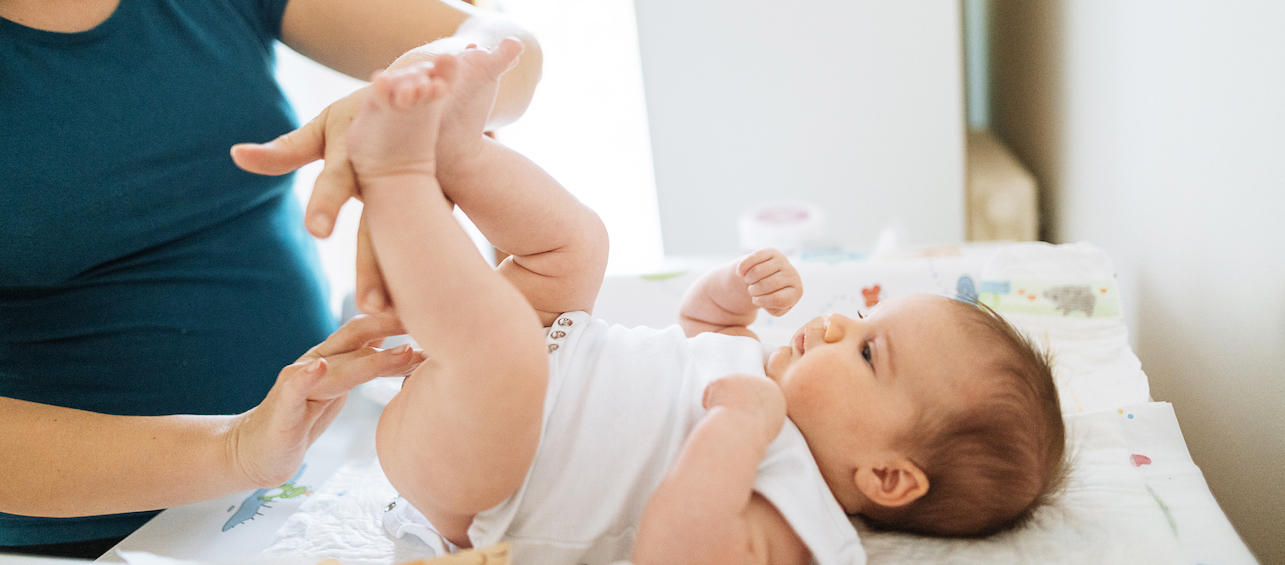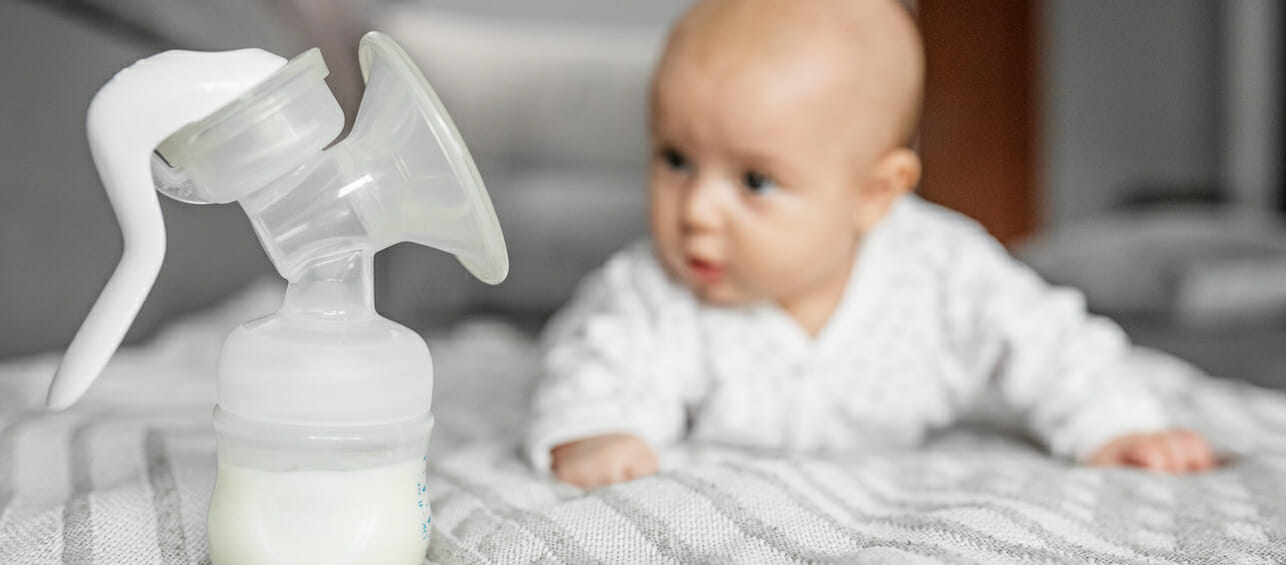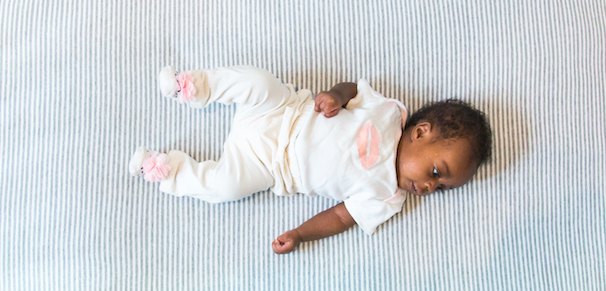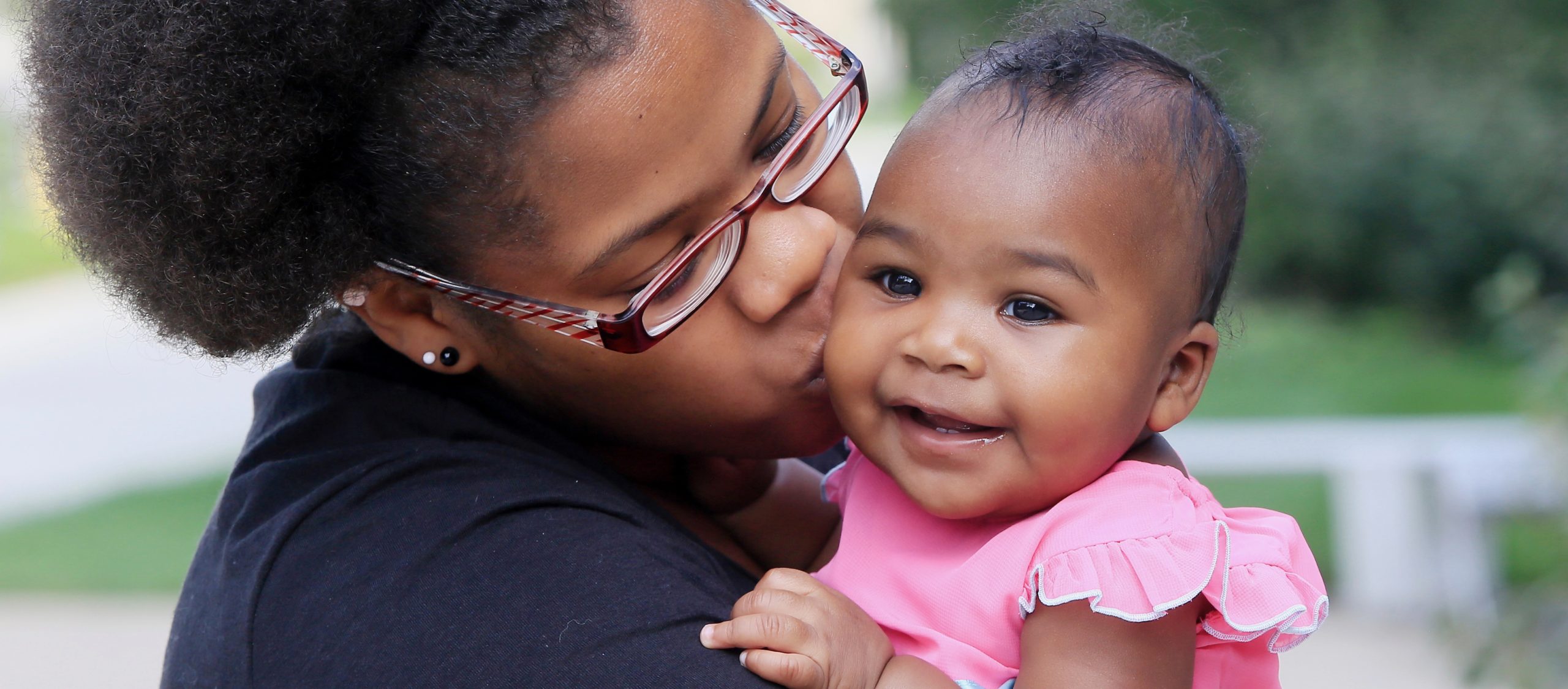Diaper rash isn’t fun for parents or babies. Fortunately, you can treat most cases of it at home and it often clears up quickly.
About 1 in every 4 babies will have diaper rash at some point. It can range from mild to severe. As a pediatrician, I see it a lot. Diaper rash can occur in anyone who’s diapered at any age. I see it most often in children ages 9-12 months.
Diaper rash is caused when there’s too much wetness in the diaper area. Obviously, there’s a lot of wet going on down there, which is why so many kids get it. It’s also common in children who have diarrhea. The longer a child has a wet or dirty diaper on, the more irritating the moisture can be to the skin. That means frequent diaper changes are a must.
Read on for more tips on how to treat and prevent those chapped cheeks.
Signs of Diaper Rash
The main symptom of diaper rash is skin in the diaper area that looks tender. You might notice any of the following signs on the bottom, genitals and/or upper legs:
- Red or pink skin
- Small, raised bumps
- Peeling or flaking skin
- Swelling
Your baby might also be more fussy than usual as the rash can be irritating or burn.
The rash usually starts in a small area and gets worse over time if it’s not treated.
How to Treat Diaper Rash
- Change diapers often. Your goal is to keep the area as dry as possible, so frequent diaper changes are critical when treating diaper rash. After every change, even if your child is not visibly dirty, clean the diaper area as described in the next step.
- Use a washcloth instead of baby wipes. Sometimes baby wipes can be irritating, especially during times of diaper rash. While the rash is healing, try using a washcloth instead, moistened with warm water only. No soap is needed. If you do use soap, choose a mild one like Dove® or Cetaphil®. If you need to use wipes, they should be unscented and alcohol free. Pat the area dry or let it air dry before putting on a clean diaper.
- For very tender skin, use a squirt bottle or cotton ball. These can be good options if your baby’s bottom is really raw or if poop (stool) is stuck to the skin. You may not want to rub the already sore area with a cloth or wipe. Instead, fill a squirt bottle with warm water and use that to gently clean the area, or use a cotton ball with some mineral oil on it to remove the dried stool.
- Use a thick barrier cream, ointment or diaper paste with every diaper change. After cleaning your child, apply a generous layer of diaper rash cream. There are a lot to choose from. I recommend any that contain zinc oxide, such as Desitin®, Triple Paste®, and A&D®, or a petroleum jelly, like Vaseline®, which is a good inexpensive choice. You might need to try a few different types to see what works best for your child.Use this every time you change the diaper while your child’s bottom is irritated. Make sure others taking care of your baby use it as well.
- Stay away from lotions with dyes and/or fragrances. These might irritate the area even more.
- Do not use cornstarch or talcum powder. While these were popular treatments in the past, we no longer recommend them. There’s a chance your baby could inhale them, which can damage a baby’s growing lungs.
- If you use cloth diapers, consider switching to disposable for the duration of your baby’s diaper rash. Cloth diapers are not quite as absorbent as disposables. For that reason, using disposable diapers can help diaper rash clear up more quickly. It’s fine to go back to using cloth diapers when the rash is gone.
- Try diaper free periods. Diapers contain a lot of moisture, not just from urine but also from sweat. You want to cut down on that moisture. Allowing your child to go without a diaper for small periods of time can be helpful for keeping the area dry.
Depending on how severe the rash is, it can sometimes take a couple of weeks to heal. More mild cases might need just a few days.
How to Help Prevent Diaper Rash
- Change your child’s diaper every 2-3 hours or as soon as you notice it’s wet.
- If your child has diarrhea, change the diaper as soon as he or she has a bowel movement.
- If using cloth diapers, avoid diaper covers that are plastic. They can increase moisture in the diaper area.
- Keep an eye out for early symptoms. Treating a slight rash with diaper rash cream early can help stop it from getting worse.
When to Call the Doctor
If you are treating your child for diaper rash and it doesn’t seem to be getting better, call your pediatrician. Something else might be causing the rash, such as psoriasis, scabies, or yeast, which could need to be treated with a prescription.






Thanks for sharing about the signs of diaper rash and its prevention.